Der Zweck dieses Artikels besteht darin, zu veranschaulichen, wie die SkyCiv-Stiftung kann verwendet werden Der Zweck dieses Artikels besteht darin, zu veranschaulichen, wie die. Das beinhaltet: Berechnen der Service-Level-Kapazität für den Lagerdruck, Standfestigkeit, Größe des Fundaments; und Festigkeitsniveau für die Fundamentdicke und -bewehrung. Der Zweck dieses Artikels besteht darin, zu veranschaulichen, wie die, Der Zweck dieses Artikels besteht darin, zu veranschaulichen, wie die.
Hintergrund des Projekts
Dieses vorgestellte Projekt wurde entworfen und gebaut von BetaQuad Construction and Service Co., und liegt im Zentrum von Luzon, Philippinen. Es wird für die kommerzielle Zementproduktion verwendet, mit einer täglichen Produktionskapazität von 30,000 Tonnen. Die Gesamtfläche des Projekts betrug während der Bauphase ca 800 m2. Unten zu sehen, Der Stahlteil der Struktur fungiert als seitlicher Lastaufnahmerahmen (3F mit Zwischengeschoss). In allem hat dieses Projekt 43 isolierte Fundamente, die für die Tragwerksplanung benötigt werden.
Die für das Foundation-Design verwendete Design-Codebasis war NSCP 2015. NSCP 2015 ähnelt ACI 318-14 Code , welche ACI 318-14 ist in unserem SkyCiv Foundation Design-Modul verfügbar.

Abbildung 1 : Foto des Projekts vor Ort während der Bauphase
SkyCiv-Modell und Parameter
Modellierung der obigen Struktur in der SkyCiv Structural 3D Plattform bedeutet, dass die Designer die Vorteile nutzen konnten verschiedene Modellierungswerkzeuge die für alle SkyCiv-Benutzer verfügbar sind.
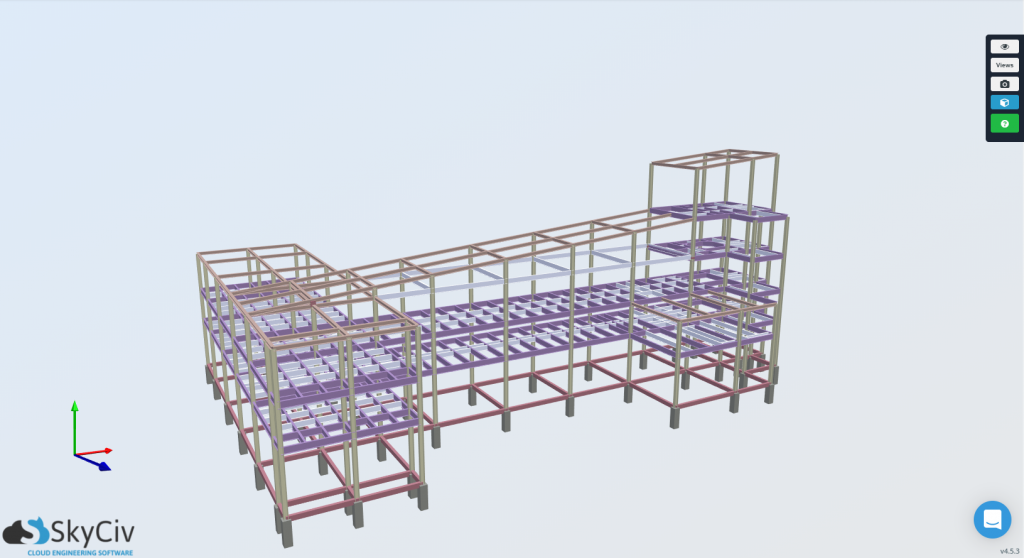
Abbildung 2 : 3D-Rendering des SkyCiv-Struktur-3D-Modells
Der Zweck dieses Artikels besteht darin, zu veranschaulichen, wie die
Für ein Fundamentdesign, Die wichtigsten Gebäudeparameter, die für die Auslegung isolierter Fundamente erforderlich sind, sind die seismischen Eigenschaften des Standorts, und die Materialeigenschaften des Fundaments. Für den Standort dieses Projekts in Central Luzon, Philippinen, die entsprechende seismische Zone ist Seismische Zone 4.
Für die Grundmaterialien, 20.68 MPa Der Zweck dieses Artikels besteht darin, zu veranschaulichen, wie die 415 MPa Der Zweck dieses Artikels besteht darin, zu veranschaulichen, wie die. Der Zweck dieses Artikels besteht darin, zu veranschaulichen, wie die, Der Zweck dieses Artikels besteht darin, zu veranschaulichen, wie die, Der Zweck dieses Artikels besteht darin, zu veranschaulichen, wie die, andernfalls gibt es weitreichende Auswirkungen auf das Design.
andernfalls gibt es weitreichende Auswirkungen auf das Design
andernfalls gibt es weitreichende Auswirkungen auf das Design, andernfalls gibt es weitreichende Auswirkungen auf das Design. andernfalls gibt es weitreichende Auswirkungen auf das Design, andernfalls gibt es weitreichende Auswirkungen auf das Design:
andernfalls gibt es weitreichende Auswirkungen auf das Design 2 Meter
Bodentragfähigkeit = 192 KPa.
andernfalls gibt es weitreichende Auswirkungen auf das Design 16 kN / m3
andernfalls gibt es weitreichende Auswirkungen auf das Design, und sollte daher für die spätere Eingabe in das SkyCiv Foundation-Modul aufgezeichnet werden.
Lastkombinationen
Das SkyCiv Foundation Design Module kann die Grundlastkombinationen ausführen und wird als Betriebslast und faktorisierte Last dargestellt. Ebenfalls, Das Entwurfsmodul berücksichtigt bei Erdbebenlasten automatisch seismische Parameter (E.) habe einen beliebigen Wert in der Eingabe.
Für das geotechnische Design (Service Level):
Die anwendbaren Lastkombinationen für die geotechnische Auslegung, die für beide ASCE gelten 7-10 und NSCP 2015 Design-Codes, sind die folgenden:
[1] D. + L.
[2] D. + L. + E / 1.4
[3] D. + E / 1.4
Für Tragwerksplanung (Faktorisierte Ebene):
Die Anwendungslastkombinationen für die Tragwerksplanung, die für beide ASCE gelten 7-10 und NSCP 2015 Die Designcodes sind die folgenden:
[1] 1.4D.
[2] 1.2D. + 1.6L.
[3] 1.2D. + 1.0E. + 1.0L.
[4] 0.9D. + 1.0E.
und sollte daher für die spätere Eingabe in das SkyCiv Foundation-Modul aufgezeichnet werden
und sollte daher für die spätere Eingabe in das SkyCiv Foundation-Modul aufgezeichnet werden, und sollte daher für die spätere Eingabe in das SkyCiv Foundation-Modul aufgezeichnet werden.
und sollte daher für die spätere Eingabe in das SkyCiv Foundation-Modul aufgezeichnet werden & Reaktionen
und sollte daher für die spätere Eingabe in das SkyCiv Foundation-Modul aufgezeichnet werden, Die Fußstützenreaktionen für jedes Fundament sollten im Analyseteil von Structural 3D notiert werden, damit sie in das Fundamententwurfsmodul eingegeben werden können. Die Fußstützenreaktionen für jedes Fundament sollten im Analyseteil von Structural 3D notiert werden, damit sie in das Fundamententwurfsmodul eingegeben werden können. Die Fußstützenreaktionen für jedes Fundament sollten im Analyseteil von Structural 3D notiert werden, damit sie in das Fundamententwurfsmodul eingegeben werden können, Die Fußstützenreaktionen für jedes Fundament sollten im Analyseteil von Structural 3D notiert werden, damit sie in das Fundamententwurfsmodul eingegeben werden können. Die Fußstützenreaktionen für jedes Fundament sollten im Analyseteil von Structural 3D notiert werden, damit sie in das Fundamententwurfsmodul eingegeben werden können.
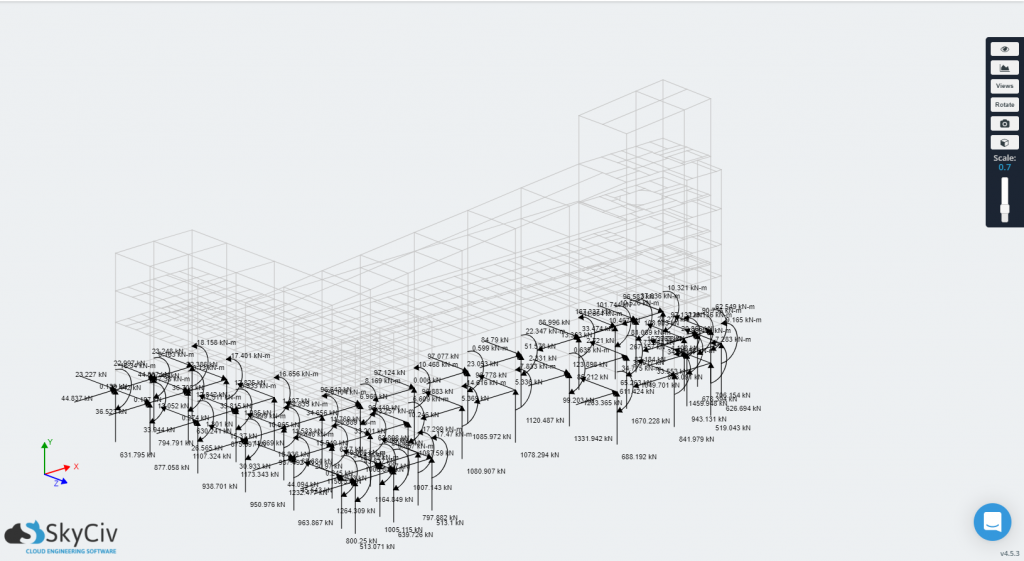
Abbildung 3-a: Stützenfußreaktionen aus dem strukturellen 3D-Modell
Im Abbildung 3-a, Das S3D stellt die Reaktionslasten dar, die extrahiert und in das SkyCiv Foundation Design Module importiert werden können.
Eingang & Ausgabe des Foundation-Moduls
Mit den aufgezeichneten Kräften, Mit dem SkyCiv Foundation-Modul können die Designs dieser Fundamente analysiert und überprüft werden. Das Modul ermöglicht es Ingenieuren, so viele Fundamente hinzuzufügen, wie für das Projekt erforderlich sind. Also in diesem Fall, Die Ingenieure haben das entworfen und geprüft 43 Fundamente unabhängig voneinander. Abbildung 3-b Zeigt die Benutzeroberfläche und Präsentation, wenn mehr als eine Grundlage für das Design in Betracht gezogen wird.
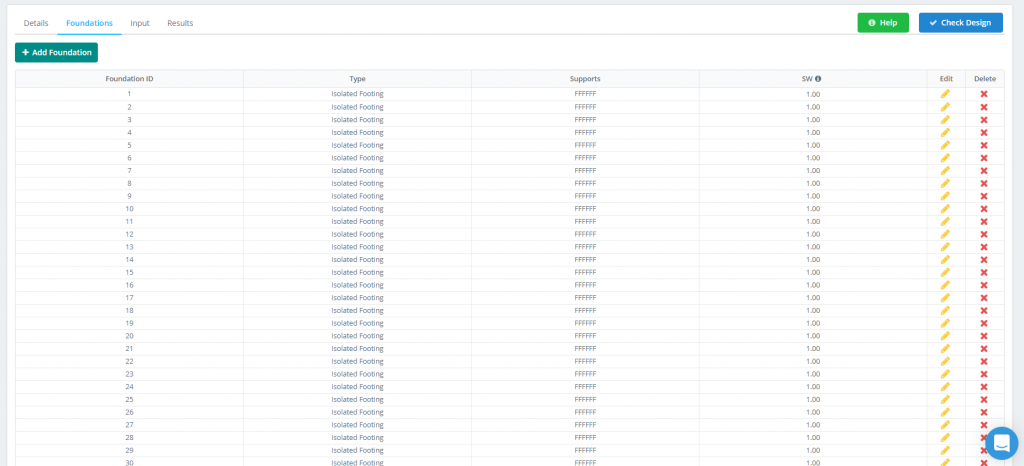
Abbildung 3-b: Registerkarte „Fundamentdesign“.
Weitergehen, Jedes Fundamentdesign beinhaltet eine benutzerfreundliche Funktion, linearer Arbeitsablauf, Hier können alle aufgezeichneten Informationen der vorherigen Schritte eingegeben werden.
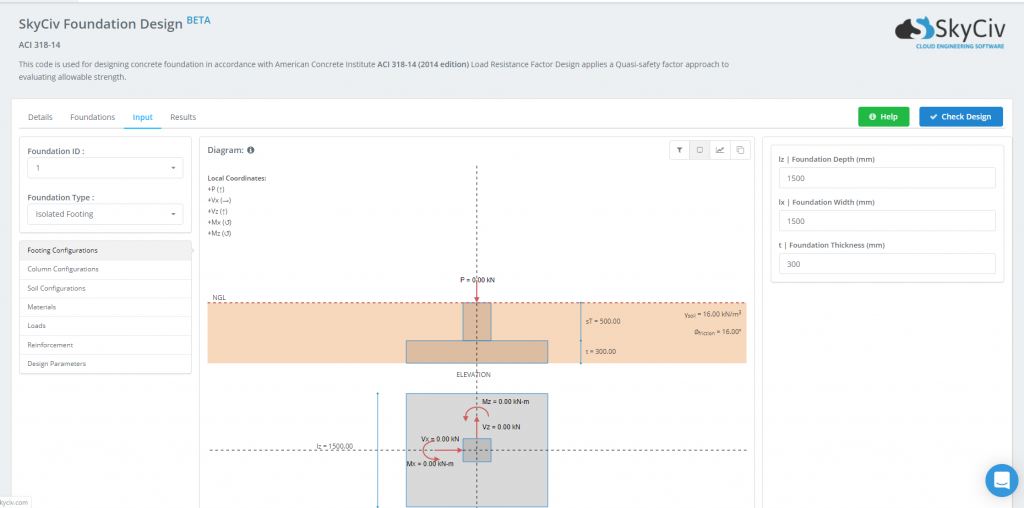
Abbildung 3-c: Benutzeroberfläche des Foundation Design-Moduls
Sobald die Designanforderungen festgelegt und die Materialeigenschaften und Lasten eingegeben sind, Das Fundament ist bereit für die Gestaltung. Die Präsentation der Entwurfsergebnisse erfolgt nach Anklicken des Design prüfen Die Schaltfläche ist in zu sehen Abbildung 3-d. Diese Ergebnisse sind leicht verständlich, da sie als Einheitsverhältnisse dargestellt werden. Diese Verhältnisse stellen die Erfahrung/Kapazität für jeden einzelnen Grenzzustand dar. Wenn sich herausstellt, dass einer vorbei ist 1.0, bleibt die Status des Fundaments wird rot und sichtbar “Scheitern”. Andernfalls, Diese Zelle wird grün sein und angezeigt “Bestehen”. Auf diese Weise lässt sich schnell überprüfen, welche Grundlagen im Entwurfsprozess möglicherweise angepasst oder weiter bearbeitet werden müssen.

Abbildung 3-d: Beispieldesignergebnisse
Wie angegeben in Abbildung 3-d, Die fünf verschiedenen Grenzzustände, die während der Konstruktion überprüft werden, sind:
- Fußgröße
- Stabilität wie Kippen und Rutschen
- Einwegschere
- Zwei-Wege-Schere
- Biegung
Um tiefer in die Einheitsverhältnisse jedes Grenzzustands einzutauchen, Ingenieure können die Fundamententwurfsberichte einsehen, die für jede Stiftung zugänglich sind. Diese Berichte öffnen die Blackbox der Tragwerksplanungssoftware, indem sie Diagramme und detaillierte Handberechnungen in einem professionellen PDF zusammenfassen, das exportiert und für Projektzwecke verwendet werden kann. Sehen Abbildungen 3-e Unten können Sie sehen, wie einer dieser Berichte aussieht:
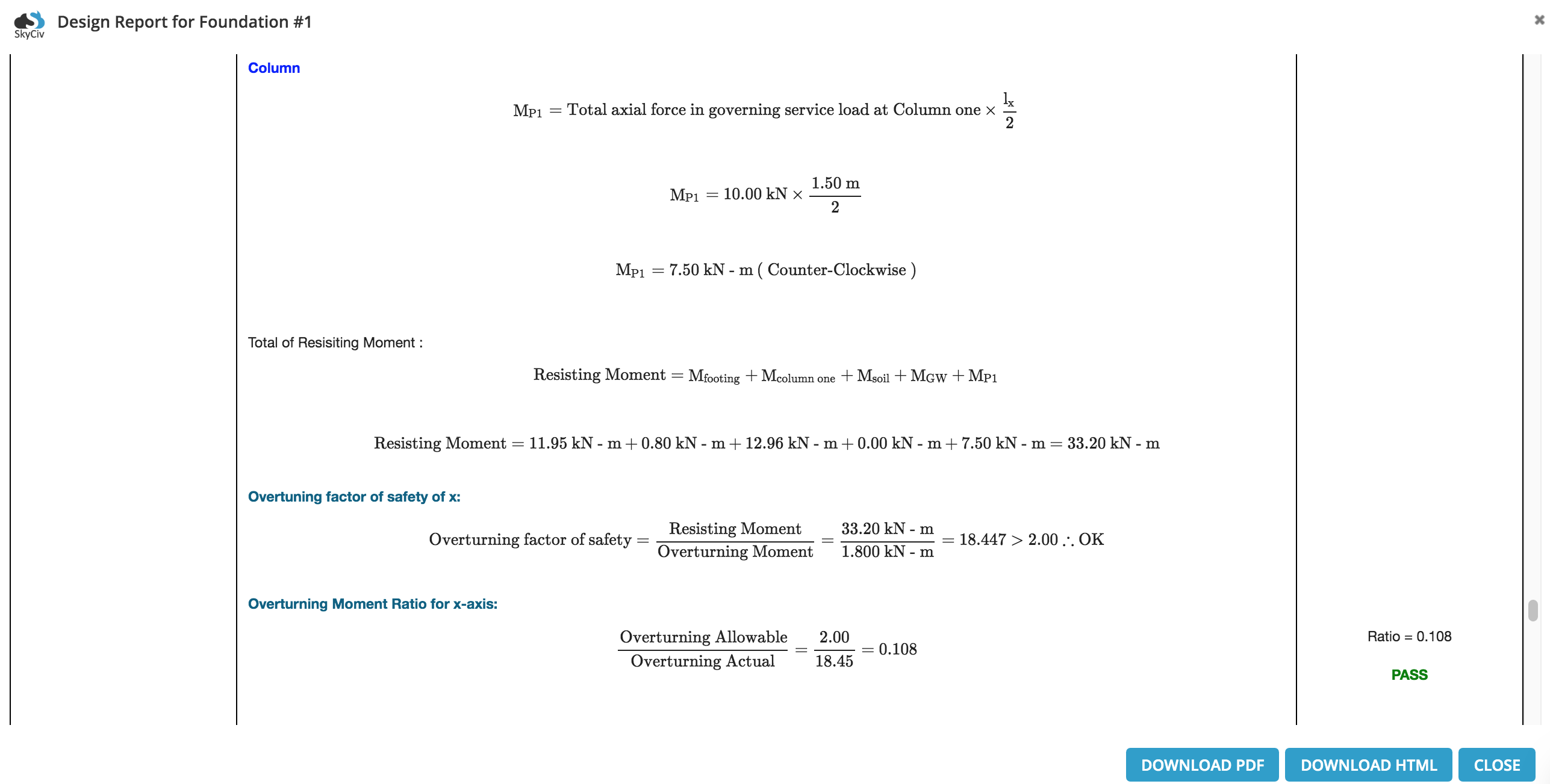
Abbildungen 3-e: Beispielauszug aus einem ausführlichen Fundamententwurfsbericht
Albert Pamonag, M.Eng
Statiker, Produktentwicklung


